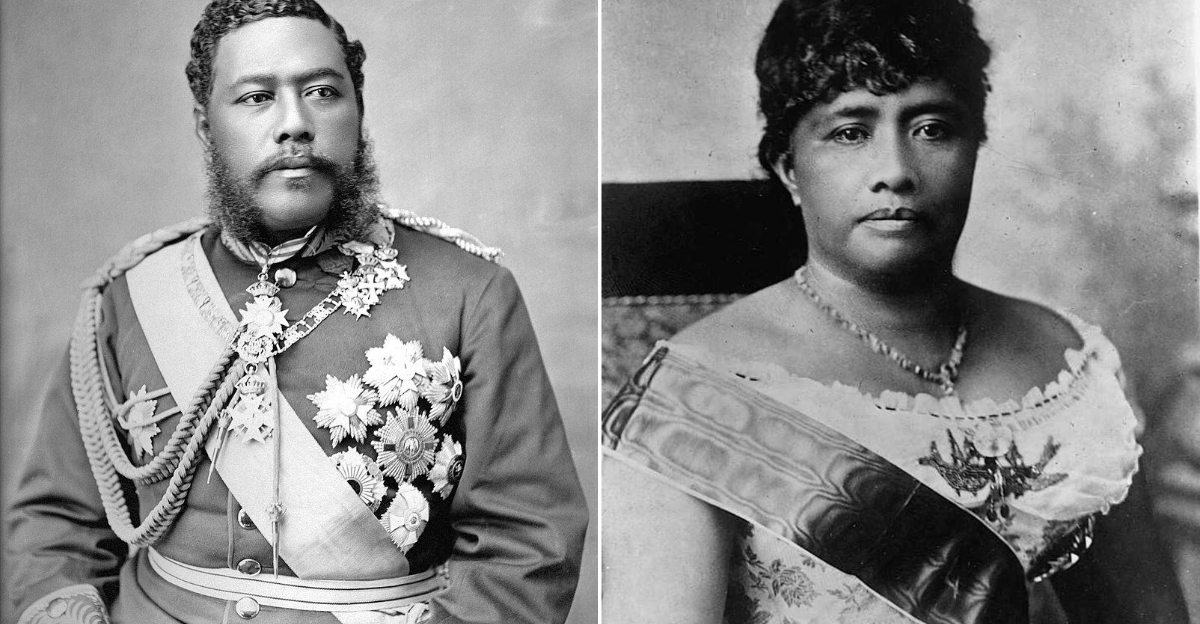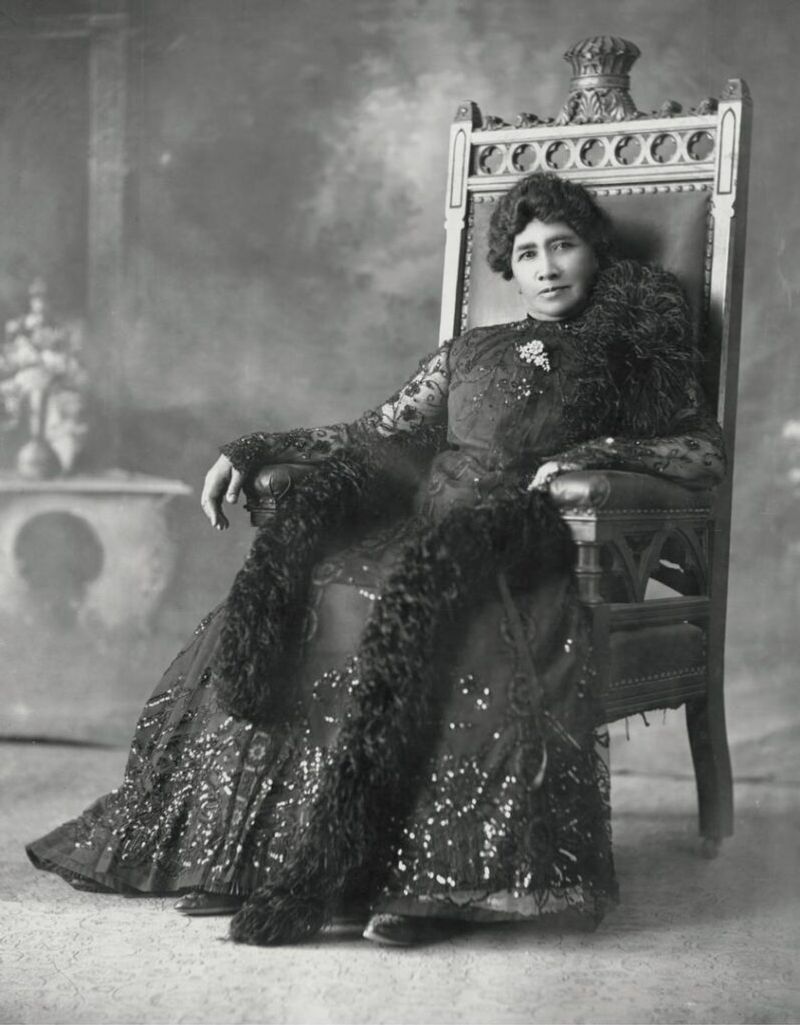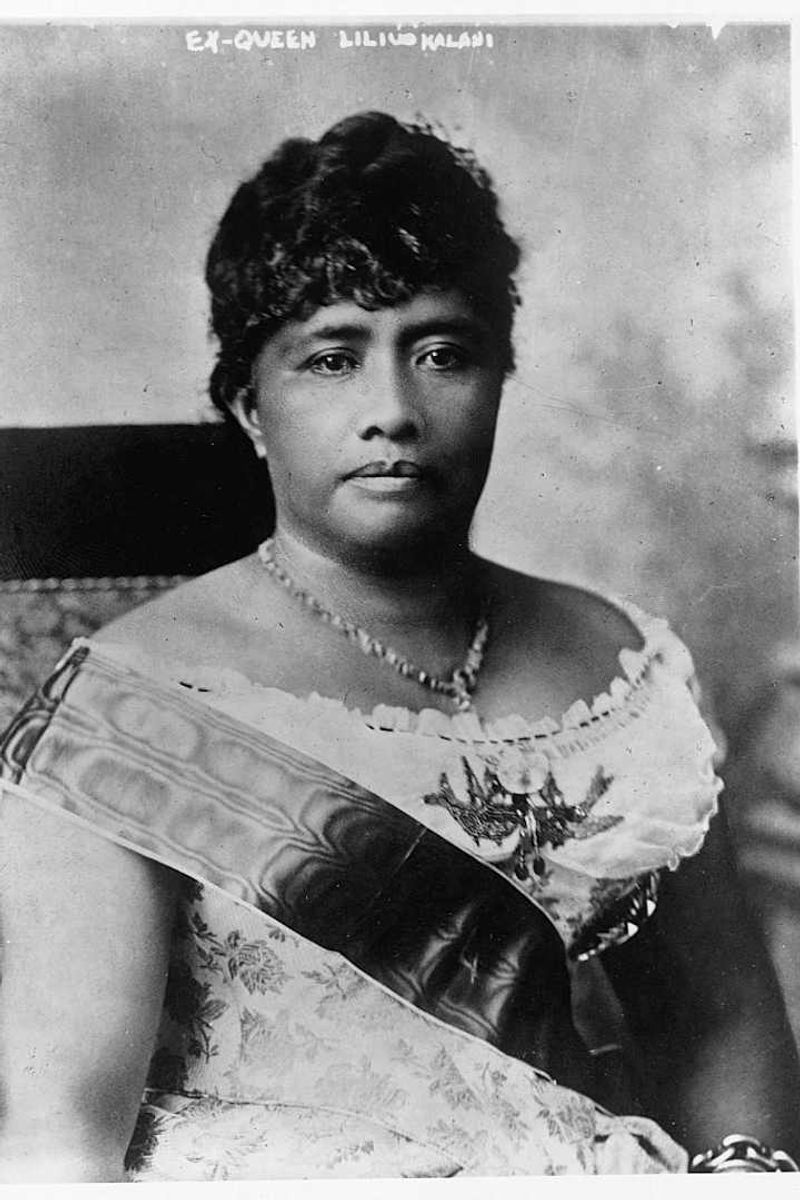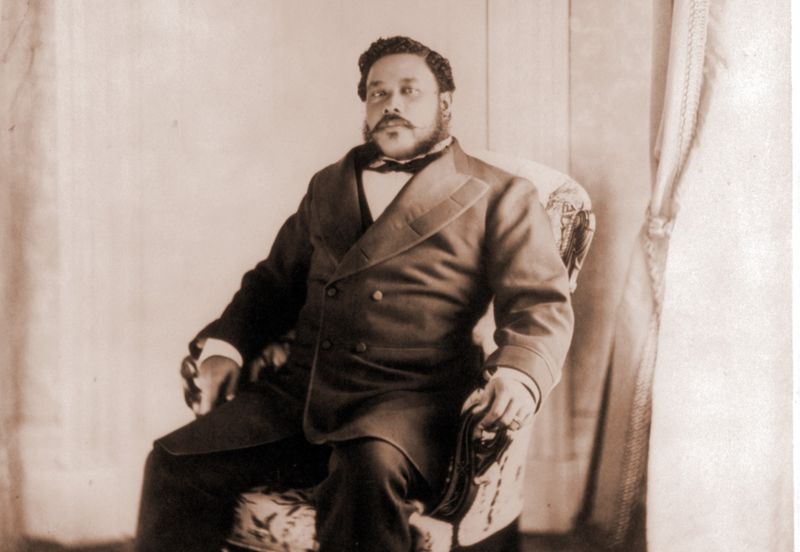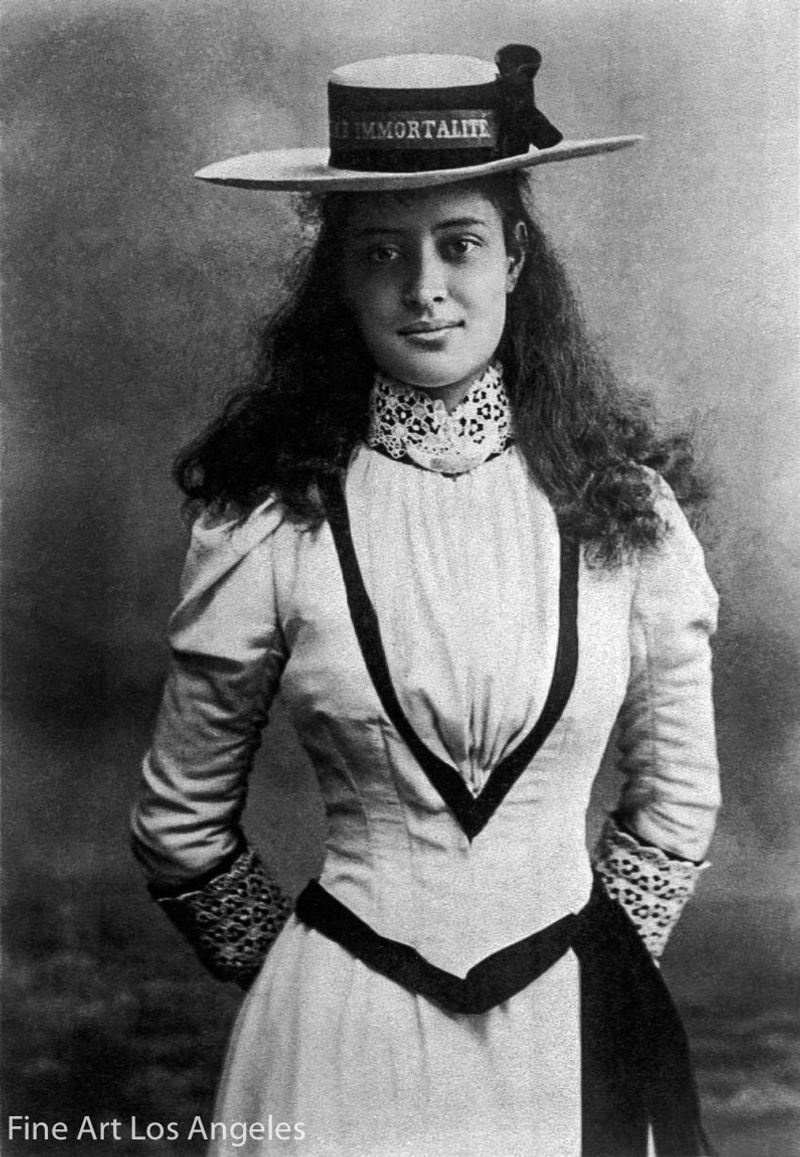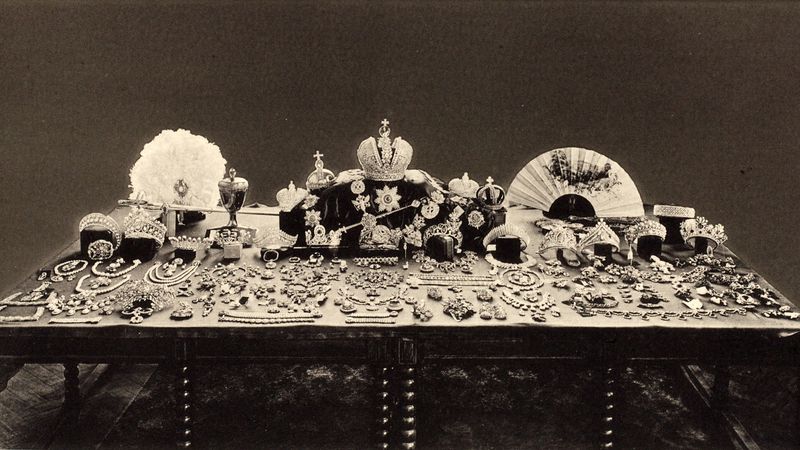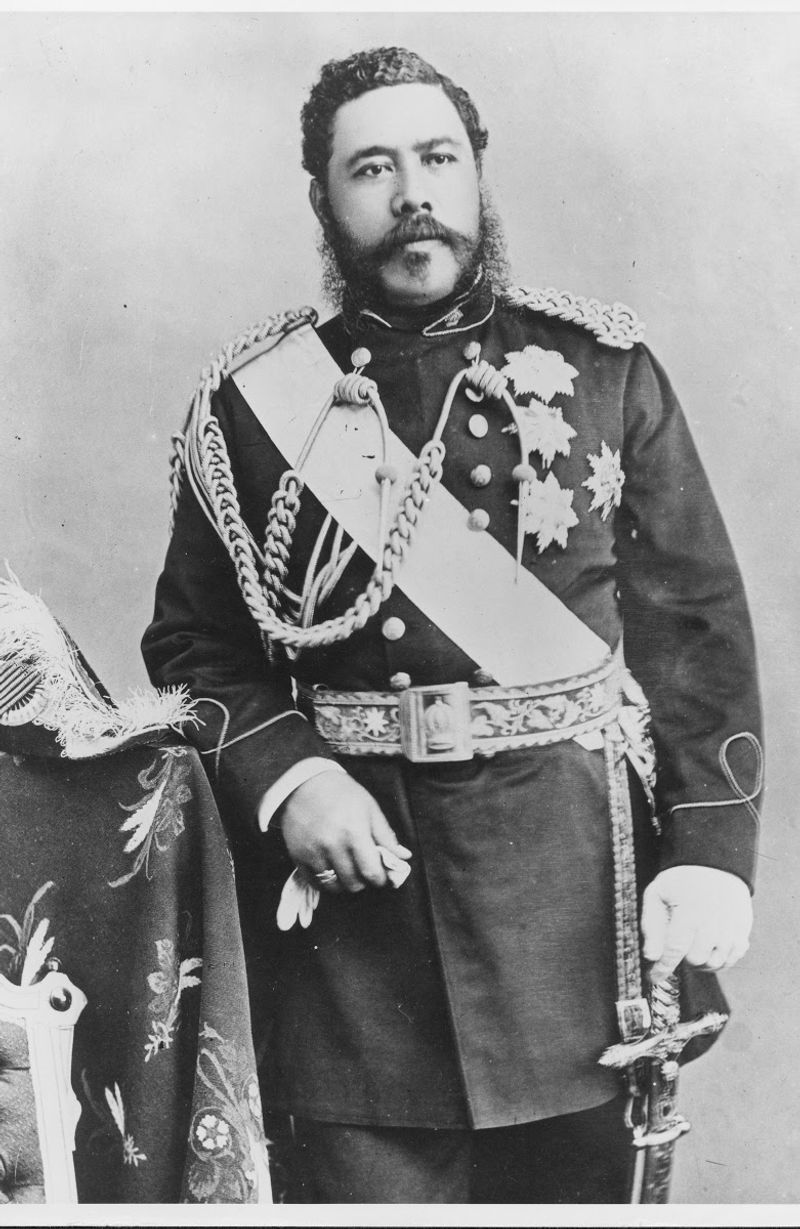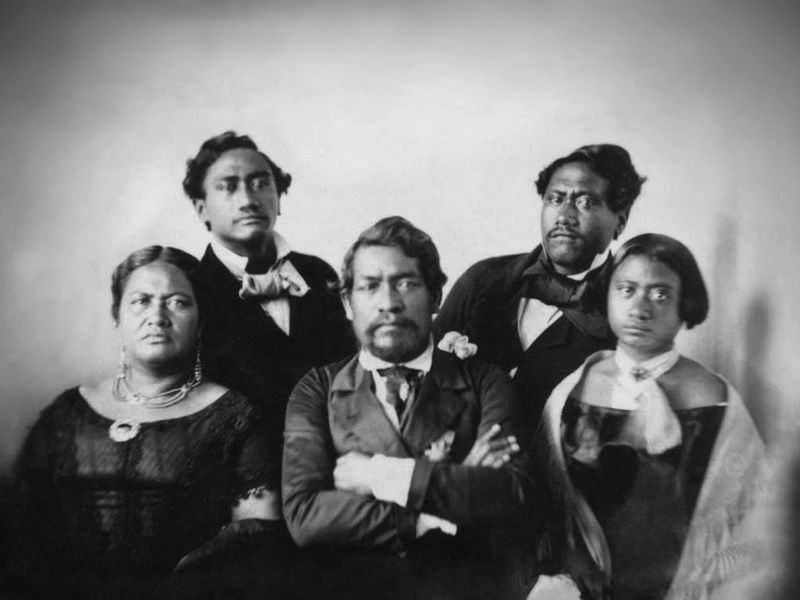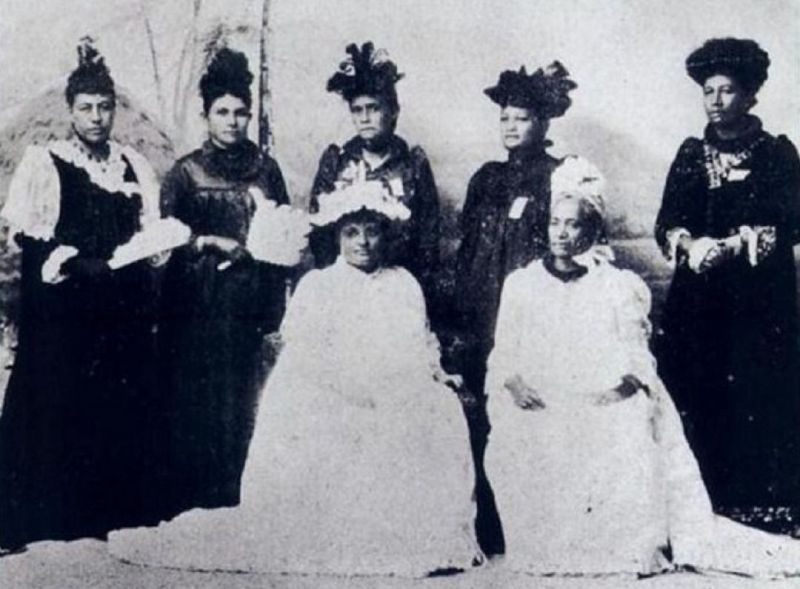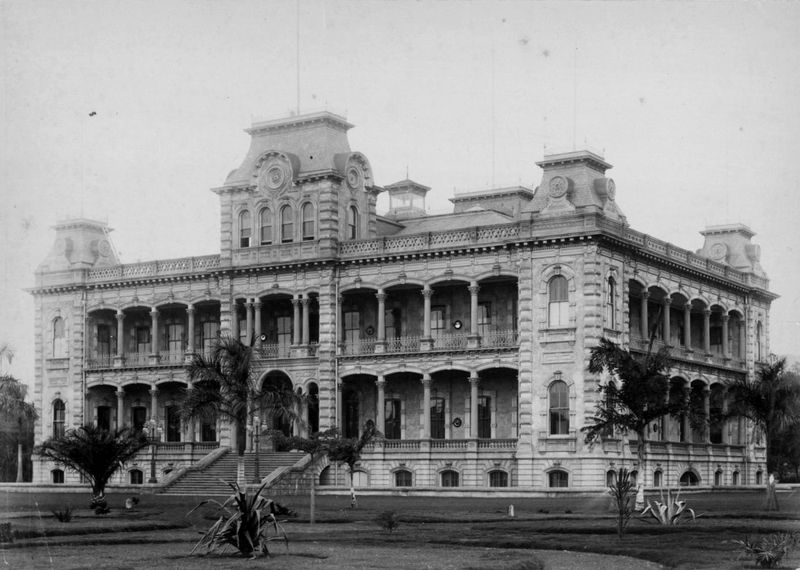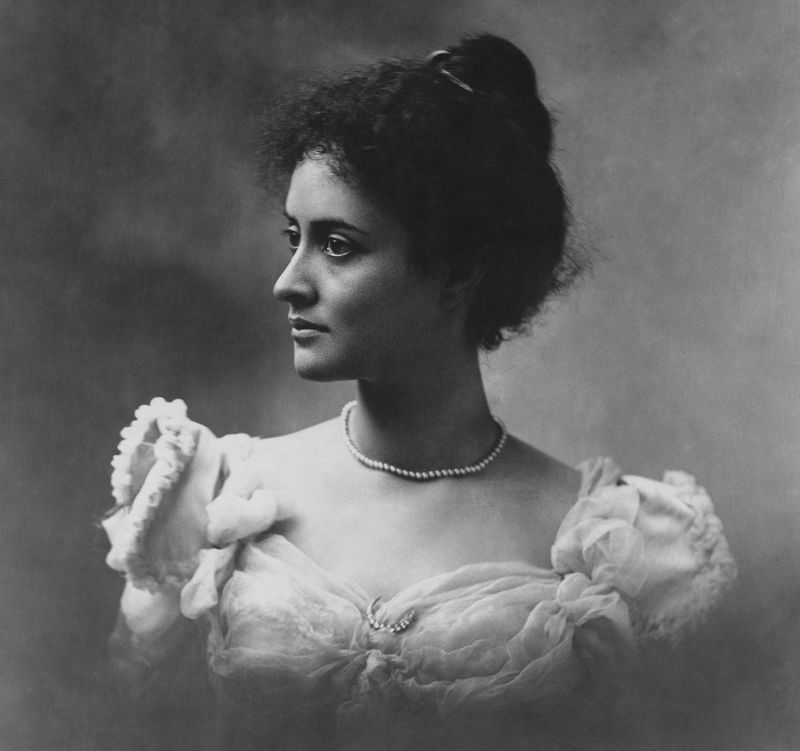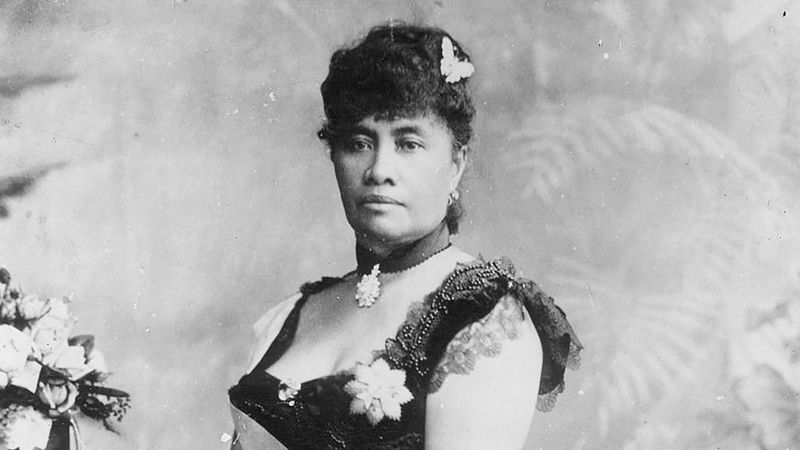From overthrown queens to forbidden romances, the Hawaiian monarchy is filled with drama, pride, and heartbreak that most history books barely scratch the surface of. These secrets from Hawaii’s royal past reveal the stunning, sacred, and often tragic tales of a kingdom lost—but never forgotten.
1. The Last Queen Was Imprisoned in Her Own Palace
Queen Liliʻuokalani’s reign ended in a captivity filled with sorrow and defiance. Arrested in 1895 after a failed rebellion, she faced the pain of confinement in her palace. Forbidden to step outside, she lived with only her lady-in-waiting.
This imprisonment lasted nearly eight months, a silent witness to the loss of her kingdom. Her spirit, however, remained unbroken, a symbol of resistance and hope. Her tale is one of dignity amid defeat, a poignant reminder of what was lost—and what endured.
In those walls, she planned, dreamed, and held onto her people’s heritage.
2. A Secret Constitution Almost Restored the Monarchy
In the shadows of political turmoil, Queen Liliʻuokalani penned a secret constitution, a bold attempt to restore her monarchy’s powers. This daring move, however, was thwarted by a U.S.-backed coup. Her unannounced document became a symbol of silent rebellion.
Though never implemented, it resonated with those yearning for autonomy. The constitution’s very existence reminds us of a queen’s defiance and an island’s struggle for identity. Its pages held dreams of sovereignty, a forgotten chapter in a nation’s history.
Even today, this secret remains a testament to quiet courage.
3. Hawaii Had a King Who Spoke Over 10 Languages
King Kalākaua, the “Merrie Monarch,” dazzled not just in festivities but in linguistic prowess. His ability to speak over 10 languages made him a diplomatic force, bridging cultures with eloquence.
Fluent in Hawaiian, English, and French, among others, he fostered ties across continents. His linguistic talent was not just a royal trait but a tool for global connections.
His reign was a celebration of diversity, and his love for language was a melody of unity. Kalākaua’s story is one of cultural harmony and royal charisma.
4. The Royal Family Once Negotiated with Japan for a Royal Marriage
In a daring diplomatic dance, King Kalākaua sought a marriage alliance between Hawaii and Japan. Princess Kaʻiulani was to wed a Japanese prince, forging a pan-Pacific bond.
Western pressures, however, dissolved this alliance, and the union never came to pass. Yet, this negotiation signifies Hawaii’s strategic vision and desire for independence.
It reflects a world where alliances were crafted with care and ambition. Kaʻiulani’s unrealized marriage remains a poignant what-if in history, a testament to a kingdom’s yearning for partnership and peace.
5. Princess Kaʻiulani Was a Teen Celebrity in Victorian England
Princess Kaʻiulani captivated Victorian England with her elegance and intellect. Educated overseas, she became a symbol of Hawaii’s cultural grace.
Her presence in England was marked by admiration and intrigue, with her beauty and poise leaving a lasting impression. Yet, beneath the glamour lay a story of loss.
Her tragic death at 23 became a symbol of Hawaii’s stolen sovereignty, casting a shadow over her celebrated life. Kaʻiulani’s journey was one of charm intertwined with melancholy, a narrative of grace under pressure.
6. The Hawaiian Crown Jewels Are Missing to This Day
The mystery of Hawaii’s vanished crown jewels lingers like a spectral whisper. Once symbols of regal splendor, they disappeared post-overthrow, leaving only tales and theories.
Some were taken as trophies, others simply vanished, their whereabouts a puzzle wrapped in time. The jewels—crowns, robes, ornaments—remain elusive, a haunting reminder of a kingdom’s fall.
Their loss is a saga of intrigue and royal mystery, a story untold yet deeply felt. These treasures, more than mere adornments, embodied a nation’s pride and prestige.
7. A Hawaiian King Circumnavigated the Globe—First in History
King Kalākaua made history in 1881 as the first monarch to circumnavigate the globe. This journey was more than a royal tour; it was a diplomatic mission.
His travels showcased Hawaii on a world stage, building alliances and learning from diverse cultures. From Asia to Europe, Kalākaua’s voyage was a testament to curiosity and connection.
His pioneering spirit reflected a kingdom’s aspiration to assert itself globally. Kalākaua’s odyssey remains an inspiring tale of exploration and innovation.
8. Royal Hawaiian Bloodlines Still Exist Today
The lineage of Hawaii’s royal family lives on, quietly intertwined with today’s world. Descendants engage in cultural preservation and land rights, some stepping into public roles.
Others live away from the spotlight, embodying a legacy of grace and resilience. Their presence is a living connection to a storied past.
These bloodlines are threads in Hawaii’s vibrant tapestry, a reminder of a monarchy’s enduring influence. In them, history breathes and evolves, a testament to heritage and identity.
9. There Was a Secret Society to Reinstate the Queen
In the face of annexation, the Hui Aloha ʻĀina emerged as a secret society, striving to reinstate Queen Liliʻuokalani. Gathering over 20,000 signatures, they opposed annexation with fervor.
Their efforts were a rallying cry for Hawaiian identity, a movement fueled by hope and determination. Though their mission was thwarted, their legacy endures.
This society’s existence is a tale of resistance, a chapter of unity in adversity. Their courage is a beacon for future generations, a symbol of unwavering spirit.
10. Hawaii Had a Royal Palace with Electricity Before the White House
ʻIolani Palace, a marvel of its time, boasted electricity and telephones before even the White House. Completed in 1882, it was a beacon of progress and modernity.
This palace was a symbol of Hawaii’s advanced monarchy, a blend of traditional beauty and technological innovation. Its illuminated halls reflected a forward-thinking kingdom.
The palace’s grandeur remains a testament to a legacy of leadership and vision. ʻIolani’s story is one of enlightenment and elegance, a jewel in Hawaii’s royal narrative.
11. Hawaiian Royals Were Trained in Diplomacy from Childhood
Hawaiian royals were groomed for global diplomacy from a tender age. Sent abroad or given Western education, they were prepared for international discourse.
Yet, they also immersed in traditional arts—hula, chants—creating bridges between East and West. This unique education shaped multifaceted leaders.
Their training was a blend of worlds, reflecting a monarchy’s cultural richness. These royals were ambassadors of aloha, embodying a harmonious balance of tradition and modernity.
12. Queen Liliʻuokalani Composed Over 150 Songs, Including a Worldwide Hit
Queen Liliʻuokalani’s musical legacy resonates with depth and emotion. She composed over 150 songs, with “Aloha ʻOe” becoming an international farewell anthem.
Her compositions were woven with sorrow and hope, many written during her imprisonment. Music was her solace, a voice for her people’s dreams and struggles.
Her melodies transcended time, a cultural beacon that continues to inspire. Liliʻuokalani’s music is not just notes and lyrics but a symphony of resilience and love.
